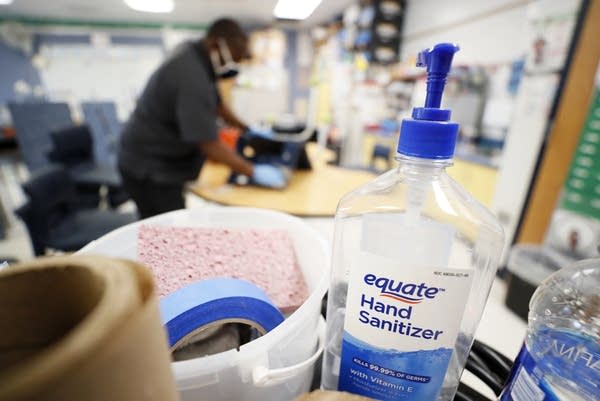Aug. 14 update on COVID-19 in MN: Keep it off campus; mind your sanitizer

A bottle of hand sanitizer sits on a cart as Des Moines Public Schools custodian Tracy Harris cleans a chair in a classroom at Brubaker Elementary School on Wednesday, July 8, in Des Moines, Iowa.
Charlie Neibergall | AP Photo file
Go Deeper.
Create an account or log in to save stories.
Like this?
Thanks for liking this story! We have added it to a list of your favorite stories.


